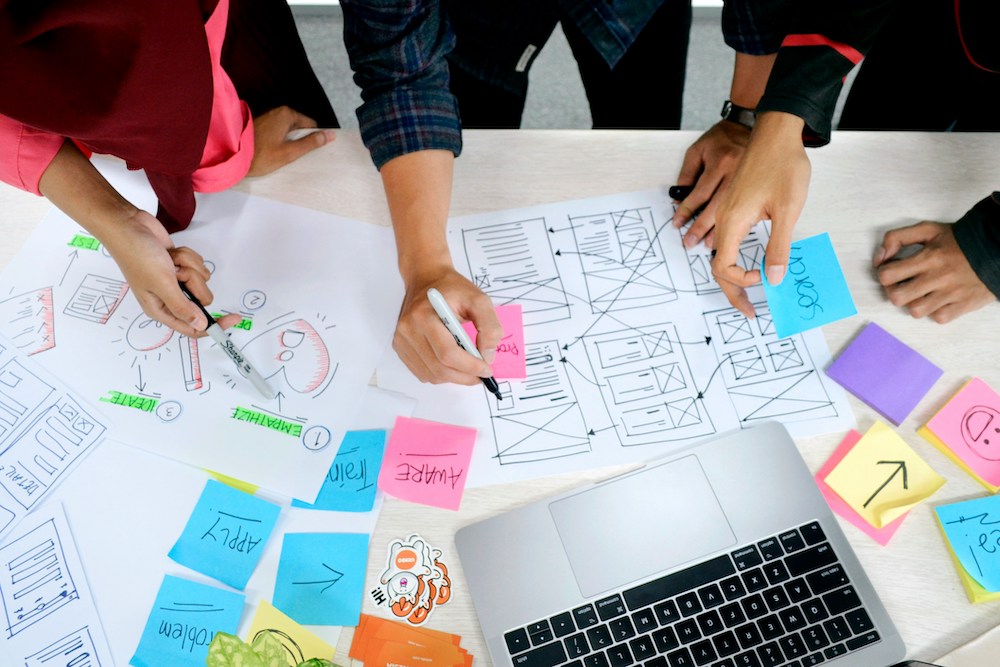As we embark on 2024, the landscape of web design continues to evolve at a rapid pace, influenced by technological advancements, changing user preferences, and a constant push towards more dynamic and interactive web experiences. This blog post explores the key trends shaping the future of web design in 2024, offering insights for businesses and designers aiming to stay ahead of the curve.
1. Immersive 3D Elements
A New Dimension in User Experience: 2024 sees a surge in the use of immersive 3D elements in web design. These elements add depth and realism to a website, creating engaging and interactive experiences for users. From product showcases to interactive storytelling, 3D design elements are transforming how users interact with websites.
2. Advanced AI and Personalization
Tailoring User Experiences: Artificial Intelligence (AI) continues to play a pivotal role in web design, especially in personalizing user experiences. Websites in 2024 are increasingly using AI to analyze user behavior and preferences, delivering content and recommendations that are tailored to individual users. This hyper-personalization not only enhances user engagement but also significantly improves conversion rates.
3. Voice-Activated Interfaces
The Rise of Voice Interaction: With the growing popularity of voice assistants, web design is adapting to incorporate voice-activated interfaces. This trend reflects a shift towards hands-free navigation and accessibility, making websites more inclusive and convenient for users, especially for those with disabilities.
4. Sustainable and Inclusive Design
A Focus on Accessibility and Environment: Web design in 2024 places a strong emphasis on sustainability and inclusivity. Designers are adopting practices that reduce the environmental impact of websites, such as optimizing for energy efficiency. Simultaneously, there’s a heightened focus on making websites accessible to all users, adhering to WCAG guidelines and ensuring universal design principles.
5. Dark Mode Aesthetics
Comfort and Style: Dark mode has gone from a trend to a standard in web design. It’s not just about aesthetics; it’s about offering a user-friendly interface that reduces eye strain, especially in low-light environments. Websites in 2024 are increasingly offering dark mode options, reflecting a broader trend towards customizable user interfaces.
6. Minimalism and Maximalism
Balancing Simplicity and Expression: The coexistence of minimalism and maximalism in web design is becoming more pronounced. While minimalist designs focus on simplicity and functionality, maximalist designs embrace bold colors, intricate patterns, and rich multimedia content. The choice between the two depends on brand identity and user demographic.
7. AR and VR Experiences
Blurring the Line Between Physical and Digital: Augmented Reality (AR) and Virtual Reality (VR) are finding their way into web design, offering immersive experiences that were once limited to specialized apps. Whether it’s virtual product trials or interactive tours, AR and VR are set to redefine user engagement on the web.
Conclusion
The future of web design in 2024 is marked by a blend of technological innovation, user-centered design, and a commitment to inclusivity and sustainability. For businesses and web designers, staying attuned to these trends is crucial for creating web experiences that are not only visually stunning and engaging but also aligned with the evolving expectations and needs of users. As technology continues to advance, the possibilities for web design are boundless, opening new frontiers for creativity and interaction.

